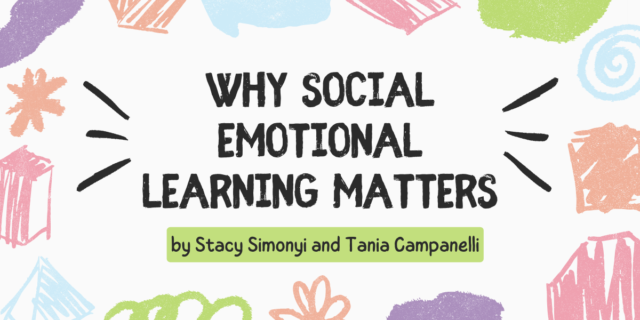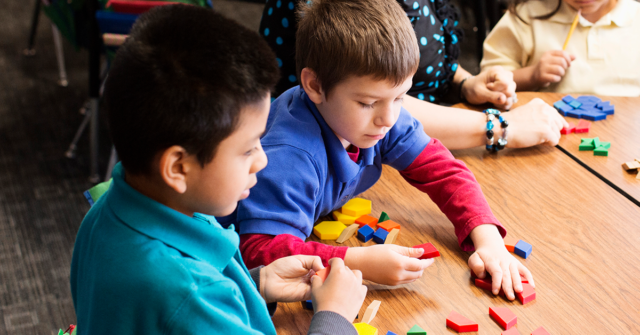
The newly released second edition of Children’s Mathematics builds on the legacy of the best-selling classic. This highly anticipated book provides new insights about Cognitively Guided Instruction (CGI) based on the authors’ research and experience in CGI classrooms over the last 15 years. In today’s blog, we look at one of the clips from the extensive library of entirely new videos.
The newly released second edition of Children’s Mathematics builds on the legacy of the best-selling classic. This highly anticipated book provides new insights about Cognitively Guided Instruction (CGI) based on the authors’ research and experience in CGI classrooms over the last 15 years. In today’s blog, we look at one of the clips from the extensive library of entirely new videos.
Engaging students with each other’s mathematical ideas is an essential part of Cognitively Guided Instruction. We often wonder if sharing multiple approaches and strategies (including approaches and strategies that may have errors) will confuse our classes. But research shows that engaging with another student’s mathematical thinking is productive both for the student sharing and the students listening. In fact, encouraging students to talk with each other about their mathematical ideas is a great way to guide them into developing more sophisticated strategies.
In the clip below, Ms. Barron’s third-grade class is solving the following problem:
Gilberto had 81 stickers. Then he bought some more and now he has 312 stickers. How many did he buy?
After a number of students have shared their strategies on the board, Ms. Barron invites Kelly to share what she has written. While the previous students have used similar strategies, Kelly’s approach is different. Rather than starting at 81 and adding increments until she reached the target of 312, Kelly started at 312 and subtracted increments until she reached 81.
Notice how Ms. Barron doesn’t shy away from engaging Kelly’s mathematical thinking. Instead, she asks questions to help the students analyze how Kelly’s strategy is similar to the strategy another student used. By engaging her class with one another’s thinking, she promotes the development of deeper mathematical thinking.
Click here to view more video clips from Children’s Mathematics or read a sample chapter.



